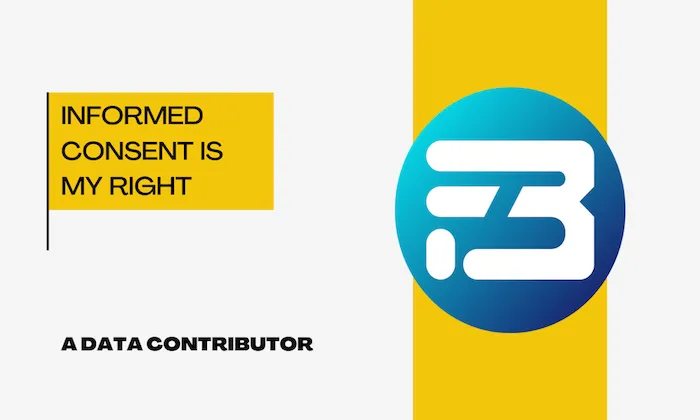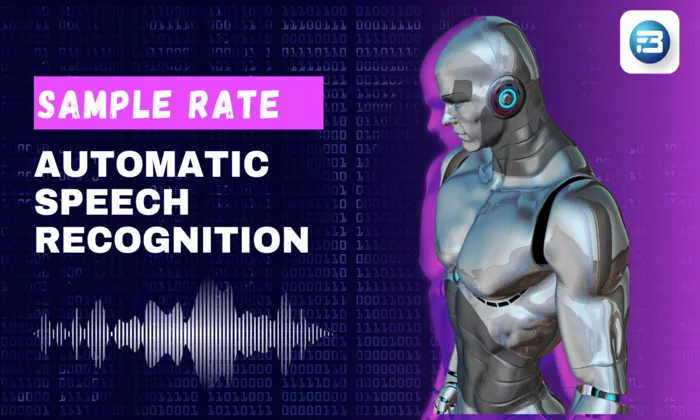What is the future of in-car speech AI in the context of continual learning and model adaptation?
Speech AI
Continual Learning
Model Adaptation
In-car speech AI is rapidly evolving, fueled by breakthroughs in natural language understanding (NLU) and speech recognition. As vehicles get smarter, the integration of continual learning and model adaptation becomes crucial. This approach lets AI systems improve continuously based on real-world data, ensuring they remain effective in assisting drivers and passengers.
Why Continual Learning Matters in Automotive AI
Continual learning is vital for in-car speech AI because:
- Real-World Variability: Unlike controlled environments, cars present complex acoustic conditions. Background noises, changing speaker positions, and driving dynamics require adaptable models that learn over time.
- User Personalization: As users interact with in-car systems, their preferences evolve. Continual learning allows AI to adjust to these changes, enhancing user satisfaction and engagement.
- Operational Efficiency: Using real-time data, in-car AI improves its understanding of context-rich dialogues, crucial for systems in multi-modal environments like cars.
Mechanisms of Model Adaptation in Speech AI
Understanding how continual learning and model adaptation work is key:
- Data Feedback Loops: Continuous data collection from in-car speech datasets helps refine AI algorithms. A robust pipeline captures diverse speech inputs under various conditions.
- Transfer Learning: Models leverage existing knowledge for new tasks. For instance, a model trained on general speech recognition can adapt to vehicle-specific commands with fine-tuning.
- Federated Learning: Models learn from decentralized data sources without transferring raw data, enhancing privacy while adapting to localized user data.
- Dynamic Model Architectures: Adaptive architectures allow models to modify their structure based on input type, improving handling of varied speech commands and user intents.
Real-World Impacts & Use Cases
Continual learning in in-car speech AI is being realized in innovative ways:
- Personalized Voice Assistants: Luxury EV brands are implementing voice assistants that evolve with user interactions, learning specific commands and preferences over time.
- Emotion Recognition: Autonomous taxi services use emotion detection models that adapt based on real-time speech data, enhancing passenger experience by recognizing emotional states.
- Custom Dataset Utilization: Tier-1 OEMs develop tailored datasets for specific car models, enabling systems to adapt to unique acoustic profiles and user commands.
Challenges and Best Practices
While promising, continual learning in in-car speech AI faces challenges:
- Data Quality and Diversity: Over-reliance on synthetic data can hinder real-world performance. Datasets must reflect varied acoustic conditions for robust training.
- Bias and Fairness: Diverse demographic data is essential to prevent bias. Lack of representation can skew performance, particularly in voice recognition.
- Privacy Concerns: As models adapt based on user data, ensuring compliance with privacy regulations like GDPR is crucial. Anonymization and consent are priorities.
Preparing for the Future of In-Car Speech AI
To leverage continual learning and model adaptation in in-car speech AI, focus on:
- Developing comprehensive datasets with diverse acoustic conditions and demographics.
- Implementing robust data pipelines for real-time feedback and model tuning.
- Emphasizing privacy and ethical data collection and usage.
As in-car speech AI evolves, embracing these principles empowers organizations to build smarter, more responsive systems. FutureBeeAI offers high-quality, tailored datasets that support your in-car speech AI initiatives. Contact us for a demo or consultation on custom datasets for continual learning and model adaptation.
What Else Do People Ask?
Related AI Articles
Browse Matching Datasets
Acquiring high-quality AI datasets has never been easier!!!
Get in touch with our AI data expert now!








